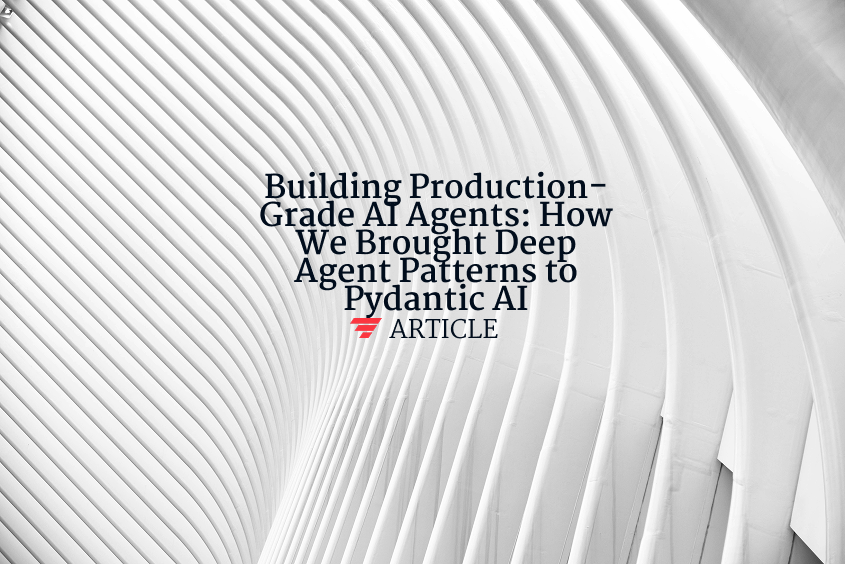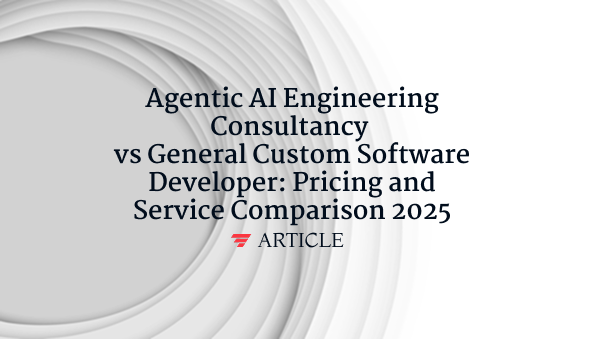Model Chaining
Model chaining is an architectural approach that connects multiple AI models in sequence or parallel to accomplish complex tasks requiring diverse specialized capabilities beyond what single models can achieve. This technique enables sophisticated workflows where each model contributes specific expertise, such as combining speech recognition, natural language understanding, reasoning, and text-to-speech models for conversational AI systems. Model chaining employs orchestration mechanisms to manage data flow, error handling, and coordination between heterogeneous models with different input-output formats and processing requirements. Common implementations include pipeline architectures for sequential processing, ensemble methods for parallel model execution, and hybrid systems combining rule-based and neural components. Benefits include modularity, specialized optimization, fault tolerance, and scalable system design. For AI agents, model chaining enables sophisticated multi-modal reasoning, complex task decomposition, and integration of specialized models.
Want to learn how these AI concepts work in practice?
Understanding AI is one thing. Explore how we apply these AI principles to build scalable, agentic workflows that deliver real ROI and value for organizations.



